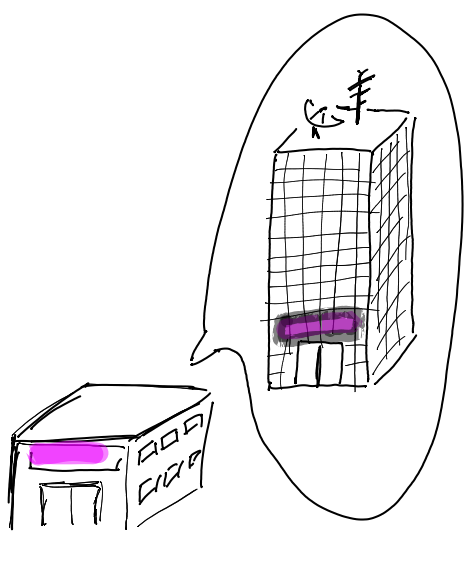
In the course of a supposed cultural change, some companies become “wannabe companies“: They pretend to be something different from what they are. The consequences are felt primarily by the employees. How does this (and what exactly) happen?
Hardly any process is more underestimated in companies than a sustainable cultural change: It needs resources, it needs time and the commitment (also) of the top management level. Uff. Some people wish (rightly so): If only we were further along!
If this desire reflects in a changing communication in the company, a problem might arise: Although the company is not (yet) seriously pursuing cultural transformation, some buzzwords can be heard through meetings and read in strategy papers. It is said that the company is already “agile“, one works in flat hierarchies. The error culture has already changed – everyone can try things out and make mistakes. And so forth.
Only: The company is still on the starting block when it comes to these issues. The words are no more than an announcement. If they were marked as such, if they described a path, that would be great from my point of view. Often enough, however, the process itself is perceived as too high a hurdle, whether consciously or unconsciously. Some executives then choose the proclamation of “agility” and “flat hierarchies” as a way out, as both the beginning and the end. The company subliminally becomes a “wannabe company” because it pretends to live a different corporate culture than the one that actually exists. This probably often happens unconsciously, with good intentions. But “well intentioned” is sometimes not the same as “well done”.
An example: Recently, I was able to listen a company-wide conference in which the management presented the impressive new process for strategy-driven product innovation. The CEO said in passing: “This is a real culture change”. In my view, this is a misunderstanding: Because the process of product innovation can at best be an element of cultural change. Its success presumably depends on the cultural change also sustainably transforming the organizational structure, understanding of leadership and workflows.
What are the consequences? From my point of view employees (including management) are losing an important orientation framework: When the company was still managed strictly hierarchically according to the waterfall and nobody said anything else, everyone knew where they stood . Now they hear that everything is already different – but they feel that this is not the case. The expectation that they work “differently”, modernly and agilely, without being supported by changed processes and structures – by a transformation of the company – weighs on the shoulders of the employees.
The joint change process is missing, in which concerns and ideas are discussed, in which goals are explained and filled with life. Because the “process” is (subconsciously) already considered “completed” – somewhat inadmissibly exaggerated, this would be “agility by decree”.
That confuses and unsettles. It is tiring because employees invest a lot of energy and hope in a new attitude that has no equivalent in the company. And the company management is also making it difficult because the expectations towards corporate culture are increasing – and with that the disappointment may also be growing in view of the real circumstances.



